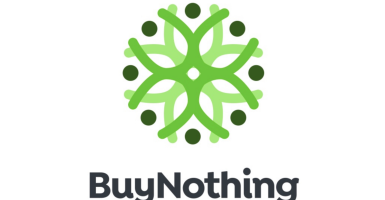It’s No Longer A Job Seekers’ Market?
The labor market has been in job seekers' favor for awhile, however, the ball may soon be back in companies' courts.
This article is more than 2 years old

Job seekers have had the advantage in the labor market for quite some time now. After the pandemic galvanized many individuals to reevaluate their priorities and their positions at work many employers suddenly found themselves struggling to lure back employees. Now, though, it seems like businesses may soon have the ball back in their courts.
The advantage in the labor market may slowly be headed back into the hands of businesses. As inflation continues to affect the bottom lines of corporations big and small, many are opting to trim their staff and let workers go. Corporations from Walmart to Netflix and Verizon to 7-Eleven have all laid off hundreds of workers in recent weeks. Suddenly, companies who couldn’t hire fast enough are pulling back big time amid growing recession fears and inflationary impacts, putting job seekers in a less than ideal position.
The first signs that worker shortages are soon to be a thing of the past are emerging. That is good news for a lot of companies. However, the same cannot be said for individuals. The changes to the labor market that occurred in the wake of the pandemic gave job seekers the leverage they needed to ask for things like higher wages and a better work-life balance. Companies, desperate to hire workers, ceded to the whims of those who were asking for such things. With the balance of power shifting back in the other direction, employees may suddenly start to lose their negotiating power.
Furthermore, if the tides really do end up turning and put businesses back in the driver’s seat, work culture in the United States could become even more toxic than it already is. For instance, work-life balance could nearly disappear entirely. When the pandemic gave rise to remote work, numerous companies looked for ways to begin tracking their employees’ productivity outside the office. An article published by The New York Times revealed that companies began using computer tracking software to track what workers were doing on their computers. If businesses win back all of the leverage they lost to workers and continue to adopt and utilize such technologies imagine what a workday would look like for many. In the US, countless individuals are already slaves to their jobs and are micromanaged to the fullest extent. If workers and job seekers lose a leg to stand on, then they may as well sign their souls away to their employers.
Ultimately, time will tell what the labor market will soon look like for job seekers. However, it is clear that another shift is emerging. The question remains how drastic will that shift be. The silver lining that still persists is that unemployment remains sitting at a record low rate of 3.5%. Also, despite the fact that many establishments are starting to lay off workers in significant numbers, there were hundreds of thousands of jobs added in July. Those additions put the labor market in the position that it was back in 2019 just prior to the onset of the pandemic.






